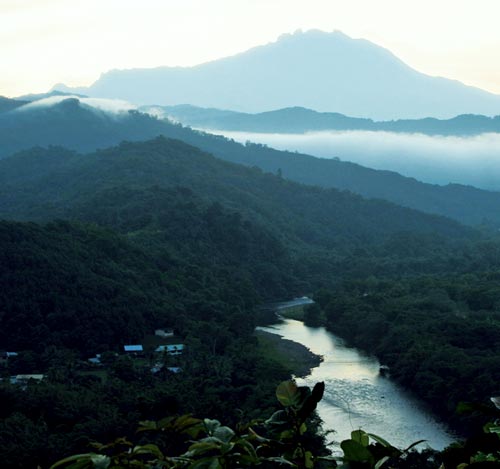



End of dominance
For nearly 200 years, the Balanini and the Illanun were the Vikings of the eastern seas, feared throughout the whole of Southeast Asia.
No ship, village or even town was safe from attack. In the early 1800s, at the height of piracy, many European ships – British, Dutch and, of course, Spanish – were captured. Questions were asked about this in the British Parliament, and the government was repeatedly asked to do something about it.
Owen Rutter in his marvellous book Pirate Wind tells of one instance in 1806, when a Dutch merchant ship was captured by an Illanun squadron in the Straits of Banca. The officers were killed and the crew sold into slavery. The Dutch immediately despatched an armed war-cruiser, the De Vrede, to carry out reprisals. The De Vrede was itself captured by the pirates, and again its officers were brutally massacred.
The end of the great pirate fleets came about mainly as a result of the introduction of steamships. No longer dependent on sail-power, these new European ships could now sail against the wind. They could outrun, outgun and outfight the war canoes.
The British, in reprisals for the beheading of Robert Burns, sent a naval force which wiped out one of the last pirate strongholds in North Borneo.
The end of Balanini dominance in the region came in 1848, when Spanish warships from Manila attacked the island of Balanini. It was at a time when most of the warriors were away on an expedition.
The Spaniards massacred most of the population and banished the remainder to an island far to the north. They burned every house on the island to the ground and cut down every coconut tree. It was rendered uninhabitable.
When the Balanini warriors returned from their raiding expedition they dispersed throughout the Jolo archipelago. The fate of the Illanun was very similar. Since their dispersal, they have continued their piratical activities, but on a smaller scale.
One Spanish naval captain reported that, whereas previously there were two or three fleets with a hundred perahu in each, now there were a hundred fleets with only two or three perahu in each. This made them very elusive. This situation has continued right to the present day.
The second part will be published in the next issue. This is an edited chapter from the book published in 2007. It can be purchased from the Incorporated Society of Planters; email: isphq@tm.net.my
Pages : 1 2